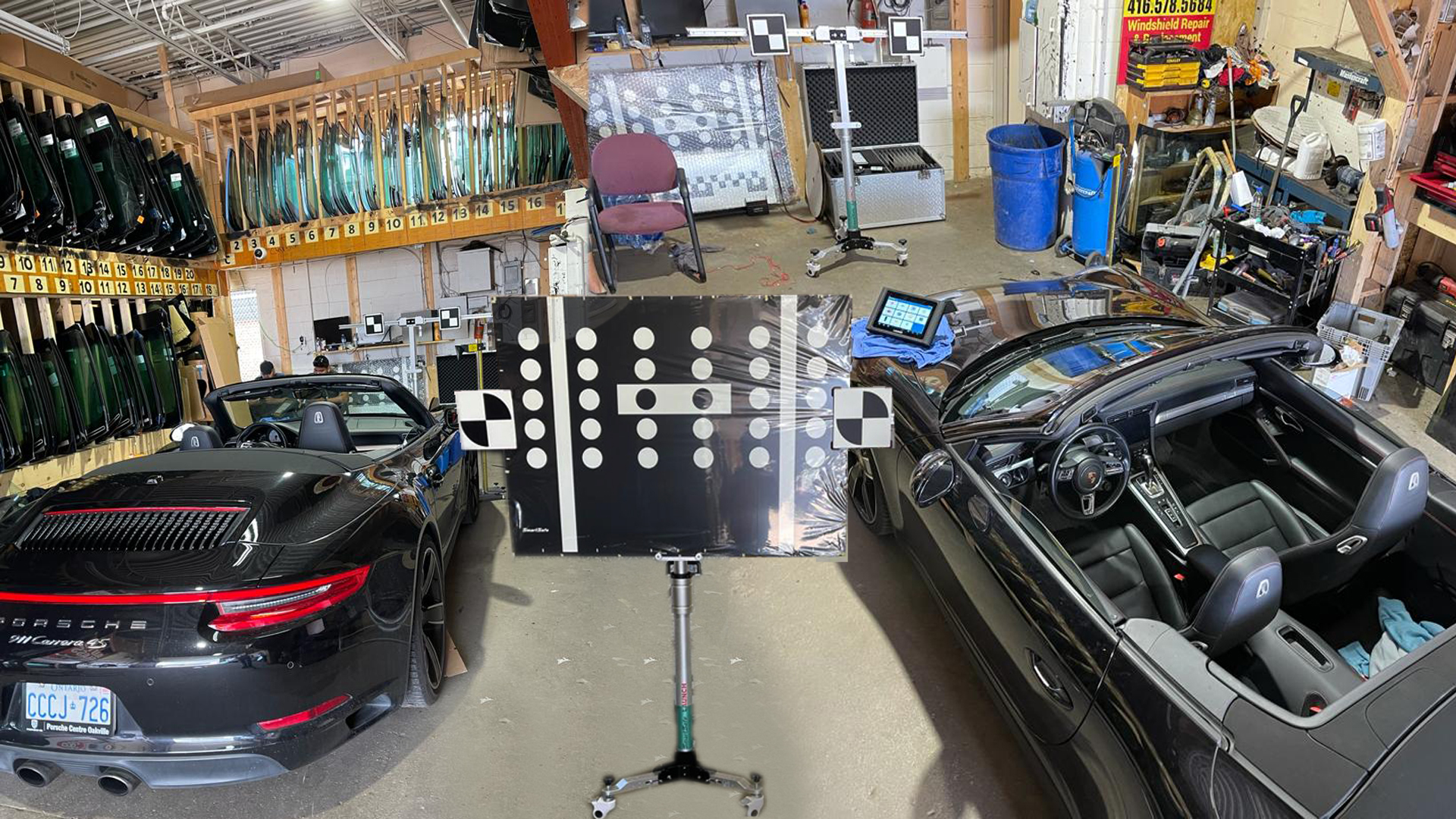Advanced Driver Assistance System (ADAS) is a set of modern technological advancements in cars that improve their overall safety and performance. The technology incorporates many different tools and components, like cameras, radar, sensors, computer imaging tools, LIDAR, etc. The combination of these systems provides phenomenal functions like Cruise Control, Automatic Parking, Night Vision, Emergency Driver Assistance, and many others.
However, to ensure that they continue to function as designed, ADAS implementations need to be recalibrated. To learn more, let’s take a look at the two main types of ADAS recalibration.
ADAS CALIBRATION
ADAS operates seamlessly; all of its components continuously send data to a computer, which process the information and responds to the environment with minimal lag.
ADAS calibration ensures that the computer makes the right decisions. It facilitates the computer and other components in accurately exchanging data between each other and determines if the data provided to the computer was properly utilized.
Remember, ADAS makes some important decisions for the car, and faults in the system can result in heavy damage, meaning calibration is essential.
Static Vs. Dynamic Calibration
Technological features that can be calibrated in a specialized workshop without actually driving the car undergo static calibration. Highly technical tools and processes are used in this process. This calibration typically tests the workability of all the technological modules involved in powering your car’s ADAS, while keeping external environmental factors constant.
Dynamic calibration, also referred to as mobile calibration, is performed by driving your car for a prescribed distance, at a prescribed speed and in optimum weather conditions. A handheld device that aids the process is attached to the car during the test. The purpose of this type of calibration is for the systems to get accustomed to the road so that they can be ready for all the functions they’re expected to perform.
Both types of calibrations are necessary. This is especially true during the time of installation, when the car is involved in an accident, or when the windshield is reinstalled or repaired. It’s absolutely necessary to get the calibration right, because even minor miscalculations can lead to serious mishaps and accidents.
